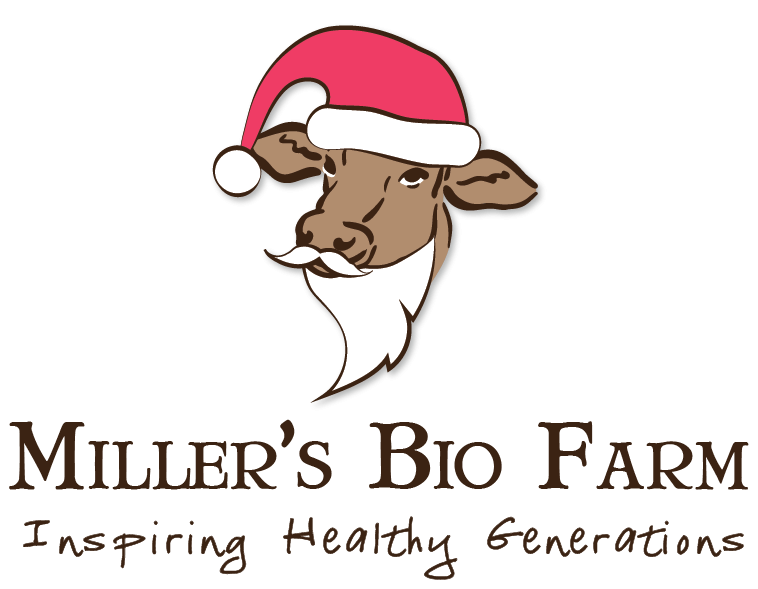How to smartly decode cheese labels and predict a variety of tastes and textures
posted on
June 3, 2022

Here’s a quick insider scoop about our A2/A2 cheeses.
If you look on the back of your cheese, you will find a not-so-pretty label that’s put on by our cheesemakers. If you look there, you can easily know the exact day that block of cheese was made.
On that label, you will see a code with 6 numbers at the end. Those 6 numbers are a date in reverse order. Ah ha! Code unlocked!
For example, in the cheese picture at the bottom of this email, the numbers are “212611”. So, that means the date the cheese was made was 11/26/21.
By “made”, I mean the day the curds were pressed into blocks and the cheese was sealed and moved to the cave for aging.
Knowing this date gives you some foodie insight. You can be a cheese prophesier and predict the taste and flavor of the cheese before it’s opened.
The longer a cheese is aged, the sharper it will be.
When cheese is first made, it is at its mildest. It’s more buttery, creamy, or sweet (think mozzarella, which is not aged at all). And, as it ages, the flavor gets sharper. It’s more tangy, pungent, or stinky (think Parmesan, Asiago, or Manchego).
Let’s take cheddar cheese as an example. Our raw mild cheddar cheese is aged between 60 days and 2 years from the day it was made. When it’s aged just 60 days, it will be quite mild. But, as it gets closer to 2 years, it gets sharper and might even be hard to distinguish from sharp cheddar.
Similarly, the longer a cheese is aged, the harder and more crumbly it will be.
When a cheese is first made, it can be described as chubby, rubbery, or squishy. So an unaged cheese like paneer or a 60-day old cheese like fresh gouda will be softer than a cheese aged for a longer time.
But, a cheese aged for years, like a sheep rind-ripened cheese, will be quite hard. It crumbles when you cut it. You could even smash it into bite-size pieces. And, you might be the lucky one to get some aged cheese with crystals!
And then there’s all that wonderful variation in between. It keeps food interesting and exciting.
Even when made with the same A2/A2 grass fed milk and with the same artisan cheesemaking processes, a mild cheddar that’s 2 months old versus 1 year old will be different. Period.
All those flavor and texture variations lead to food eureka moments - when you make the best ever scalloped potatoes with 1-year old mild cheddar cheese or a fantastic mac and cheese with fresh 90-day old gouda or an exceptional broccoli soup with 3-year old sharp cheddar.
We also love variation because it allows us to achieve the goal of being a zero waste food facility.
That’s right. At Miller’s, we basically never throw away food.
Our cheese is made in small batches and is aged in 40lb blocks. When cheese inventory runs low in our cooler, we ask the cheesemaker to break down one of those huge blocks to sell to you.
When we have an oversupply of milk, we typically make cheese. And, when we have an oversupply of cheese, you’ll notice the dates tend to be farther in the past.
What flavors and textures do you love when eating cheese? What are your favorite cheese recipes? And, are there any other cheeses that you wish Miller’s sold?
I’d love to hear from you. Comment below (no account required) or contact us.
PS: We have so many cheese options! Mostly A2/A2 cow but also goat and sheep. You can shop all A2/A2 cheeses here.




